TECH TUESDAY: The secrets behind Red Bull’s former world-beating F1 designs – 10 years on from their ‘quadruple double’

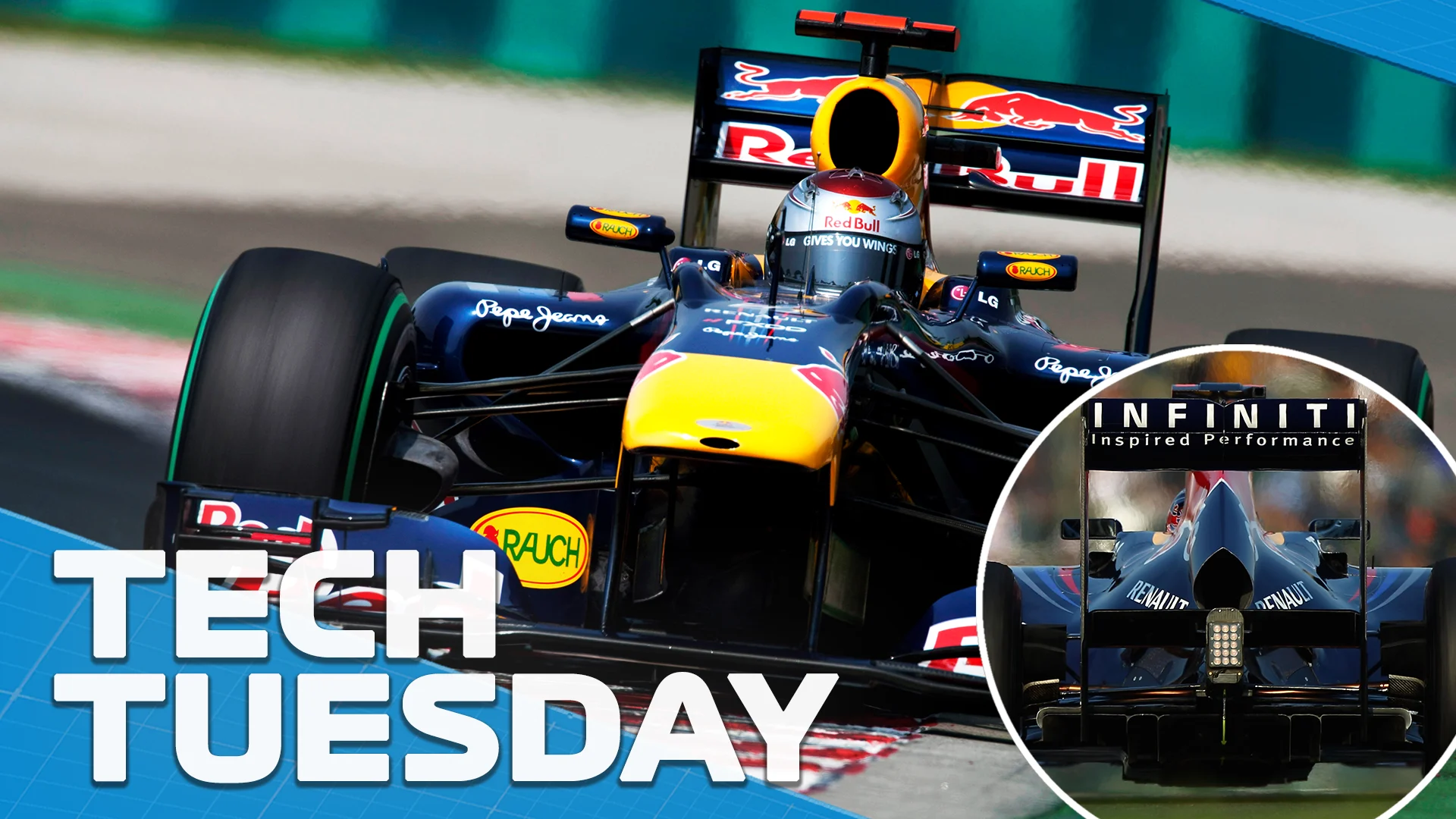
The advent of the hybrid power unit formula in 2014 lost Red Bull their previous dominance of F1 and paved the way for the Mercedes era. It took a long time for Red Bull to regain their status as F1’s top team but that era is now firmly in place as Max Verstappen chases his third consecutive world title…
The team’s previous era of domination – when Sebastian Vettel scored four consecutive titles – was based upon a landmark design, the RB5 of 2009. Although that car lost out to Brawn GP for title honours that year, it set the template for F1 design for the next four years. It also established Red Bull as a top team for the first time in their short history.
Next Up
Related Articles
.webp) End Of Year Reports 2025Alpine’s best and worst moments from 2025
End Of Year Reports 2025Alpine’s best and worst moments from 2025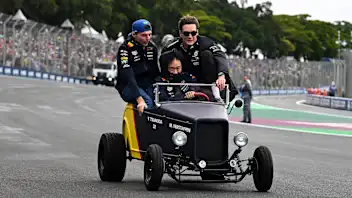 Best radio and more – F1's 2025 alternative awards
Best radio and more – F1's 2025 alternative awards 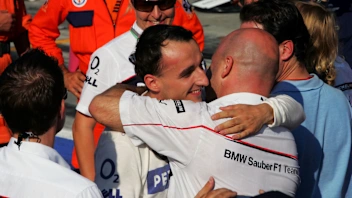 Sauber’s best moments and most memorable liveries in F1
Sauber’s best moments and most memorable liveries in F1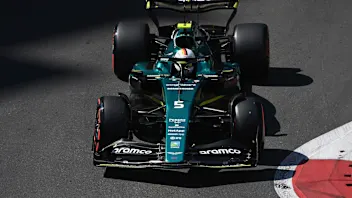 11 times F1 drivers took another driver’s car number
11 times F1 drivers took another driver’s car number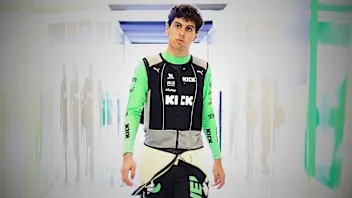 ExclusiveBortoleto on his rookie year and Audi excitement
ExclusiveBortoleto on his rookie year and Audi excitement.webp) End Of Year Reports 2025Ferrari’s best and worst moments from 2025
End Of Year Reports 2025Ferrari’s best and worst moments from 2025
